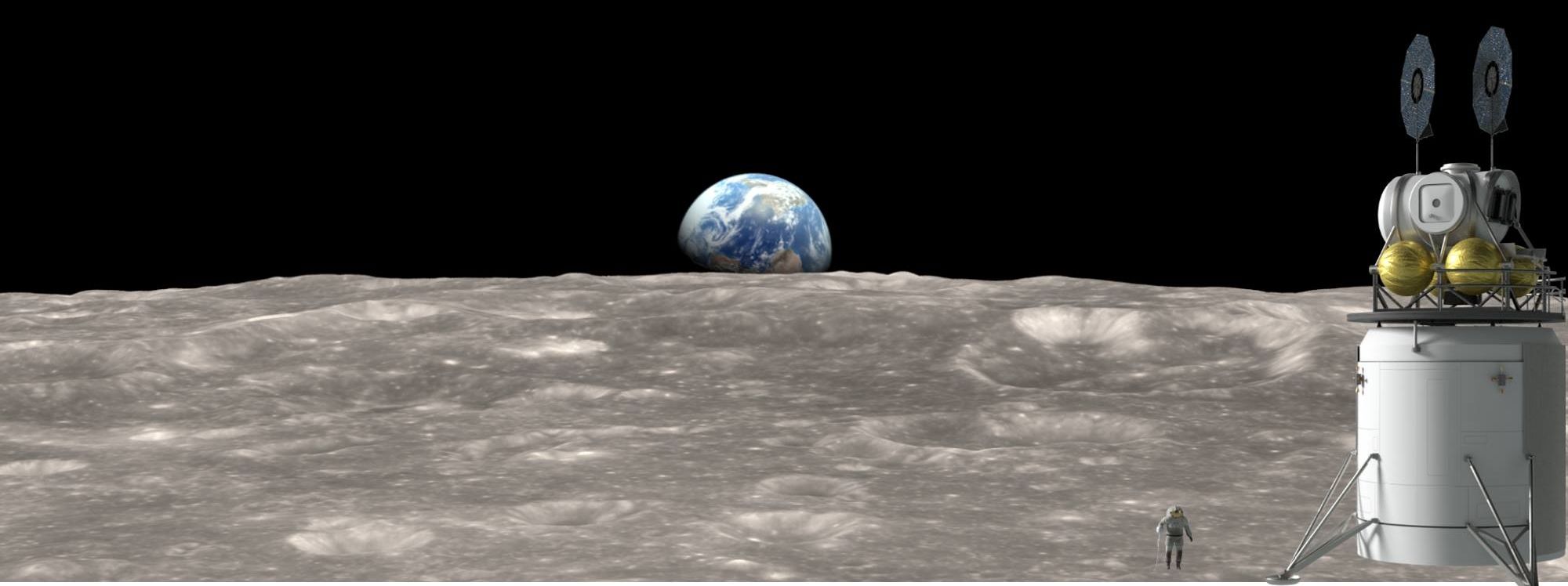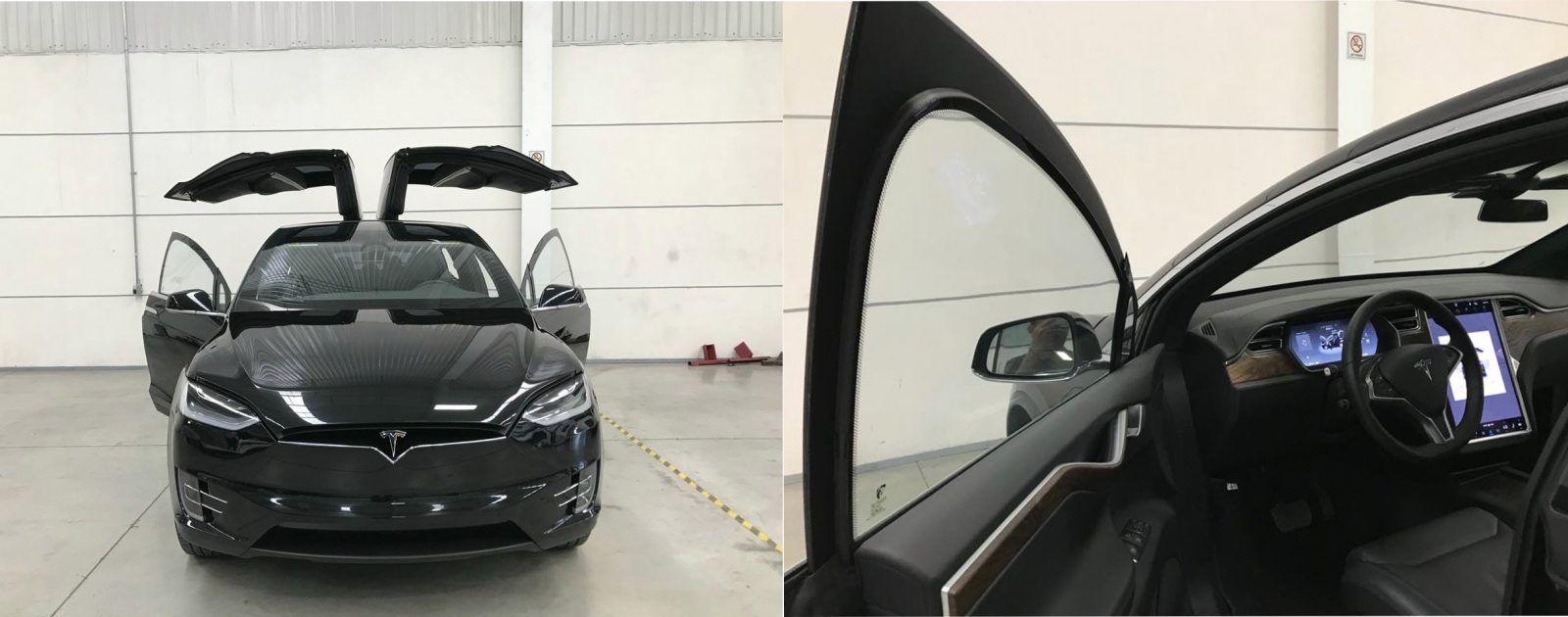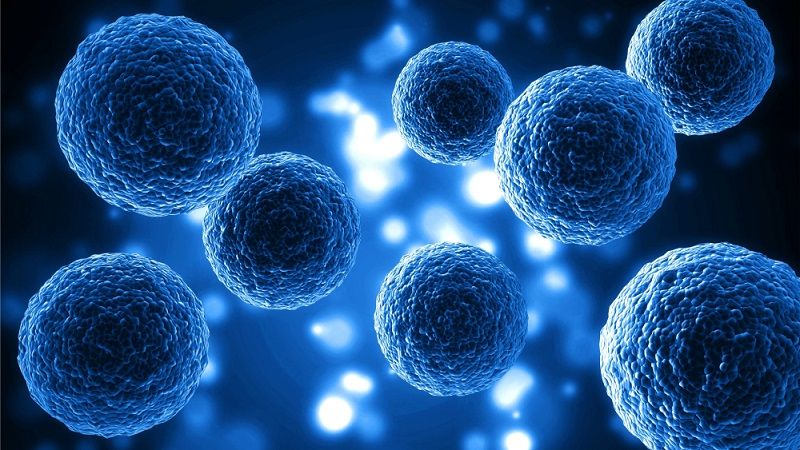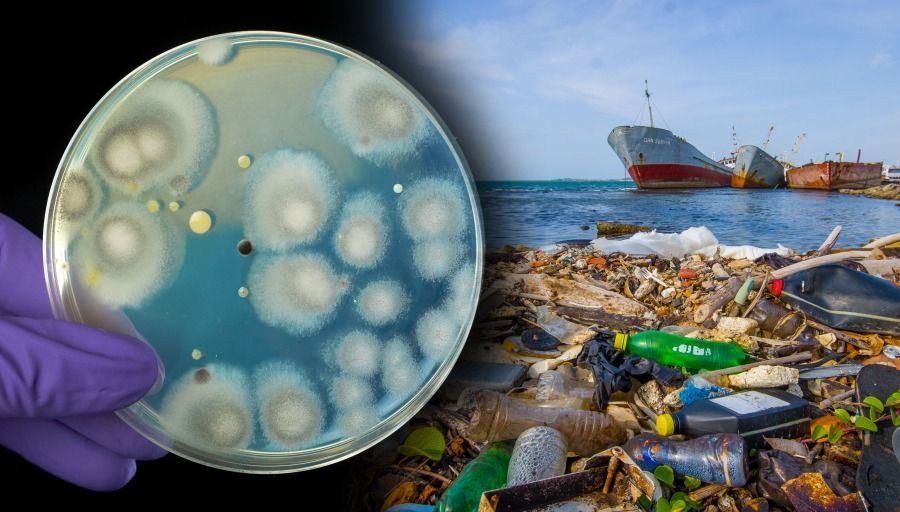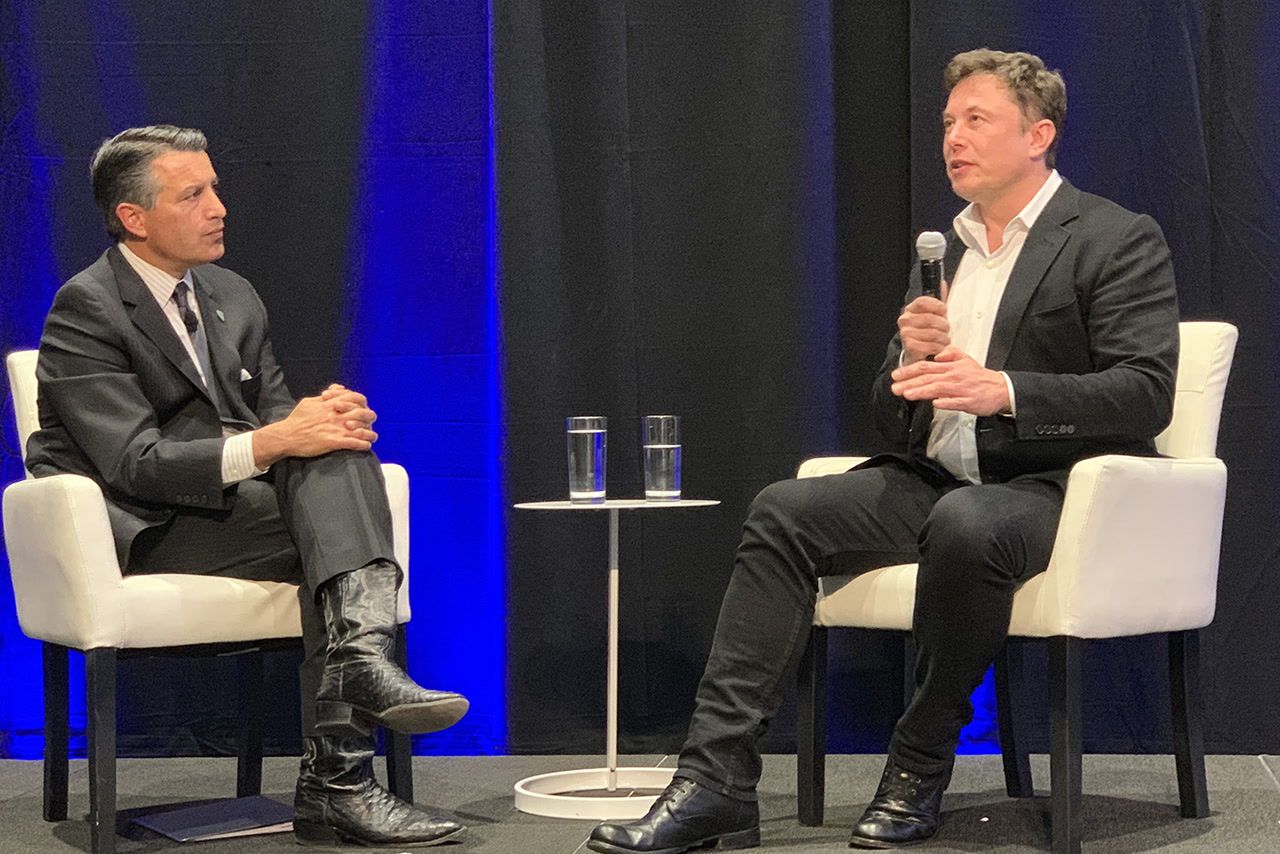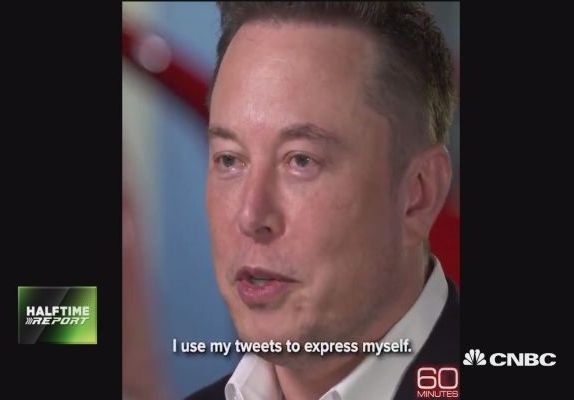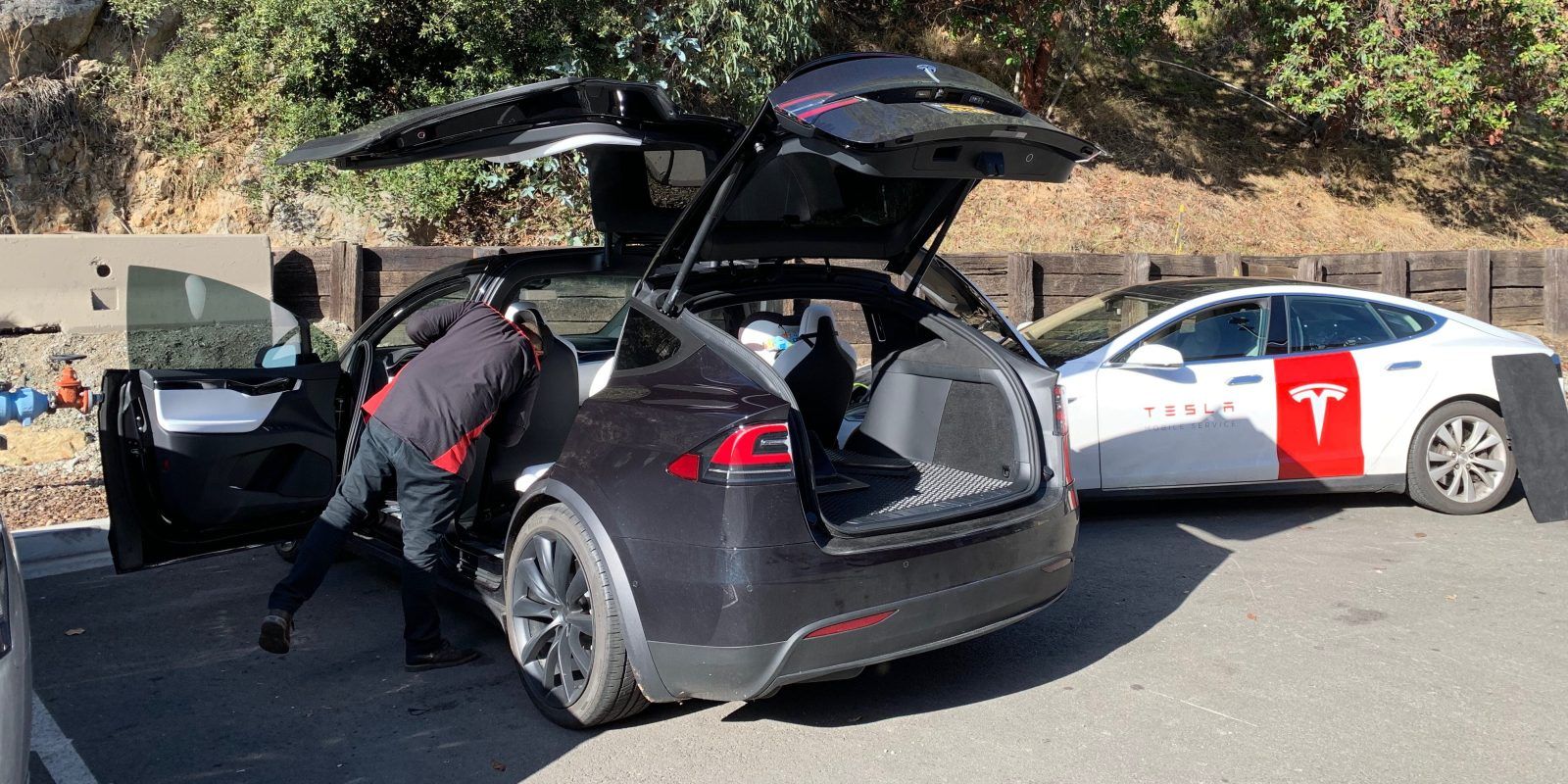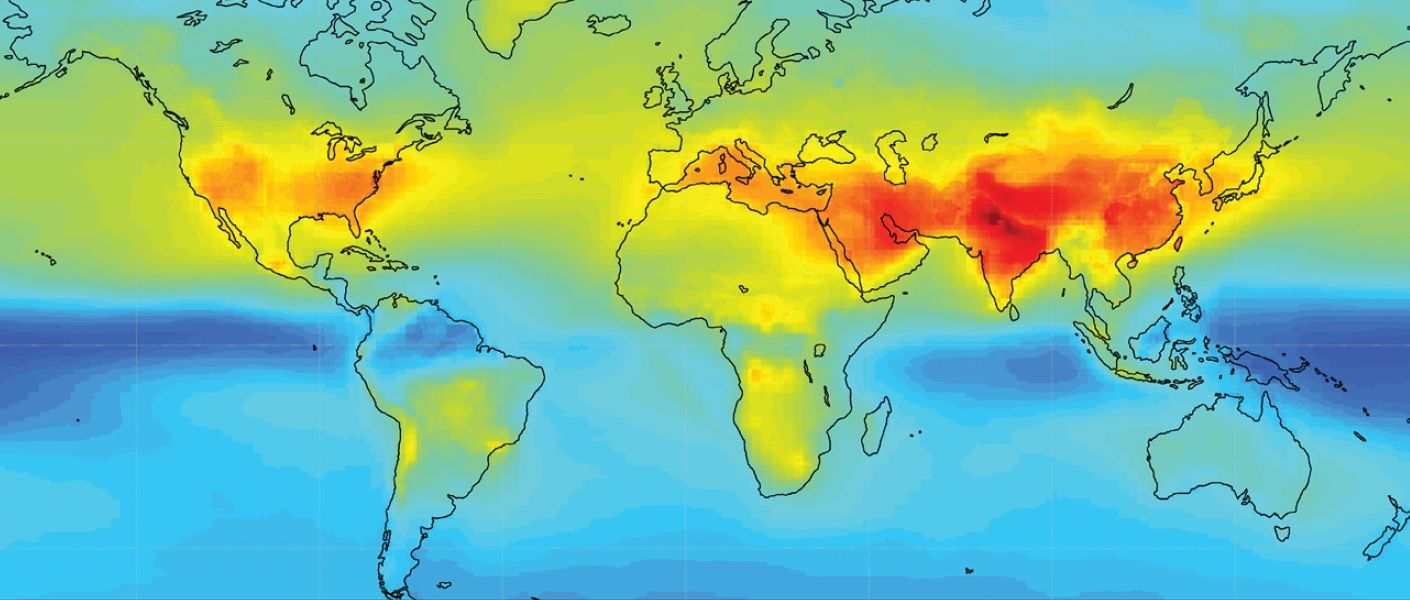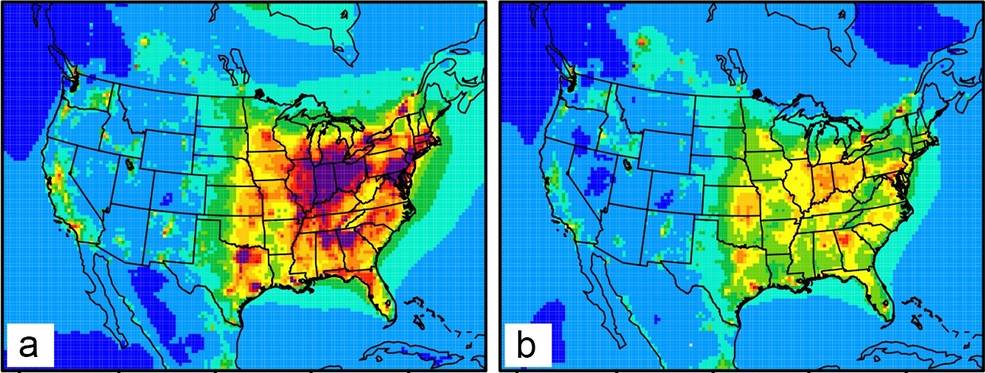“When we send astronauts to the surface of the Moon in the next decade, it will be in a sustainable fashion,” says NASA Administrator Jim Bridenstinee. Learn how we’ll expand partnerships with industry and other nations to explore the Moon and advance our exploration missions to even farther destinations, such as Mars: https://go.nasa.gov/2GeqhZL
